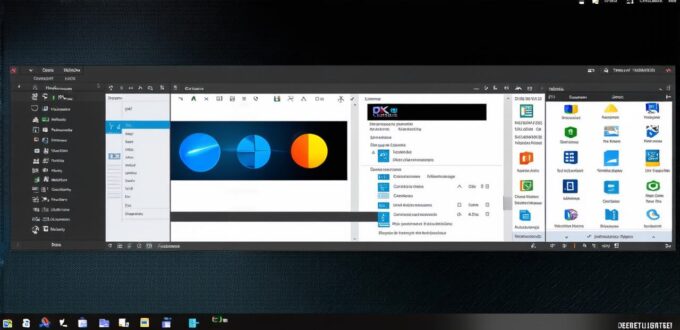Corrected HTML code:
Introduction
There are many types of application software that developers can create to meet different needs. From productivity tools to entertainment apps, there is an app for almost everything. In this article, we will explore 20 different kinds of application software and their functions. We will also discuss the benefits and drawbacks of each type and provide real-life examples of how they are used.
1. Productivity Software
Productivity software is designed to help users work more efficiently and effectively. Examples include word processors, spreadsheets, and presentation software. These apps allow users to create documents, calculate numbers, and present information in a clear and concise manner. Productivity software can be used for both personal and professional purposes.
2. Entertainment Software
Entertainment software includes games, music, and video players. These apps are designed to provide entertainment and relaxation. Games can be played on mobile devices or consoles, while music and video players allow users to listen to their favorite tunes and watch movies.
3. Communication Software
Communication software is used for online communication with others. Examples include email clients, instant messaging apps, and video conferencing tools. These apps make it easy to communicate with team members, clients, and friends from anywhere in the world.
4. Social Media Software
Social media software allows users to connect with others on social networking platforms like Facebook, Twitter, and LinkedIn. These apps provide a platform for sharing information, connecting with others, and building communities.
5. Web Browsers
Web browsers are used to access the internet. Examples include Google Chrome, Mozilla Firefox, and Microsoft Edge. Web browsers allow users to view websites, download files, and perform online transactions.
6. File Management Software
File management software is designed to help users organize and store their digital files. These apps allow users to search for files, back up data, and share files with others. Examples include Dropbox, Google Drive, and OneDrive.
7. Productivity Boosters

Productivity boosters are tools that help users work more efficiently and effectively. Examples include time tracking apps, task managers, and to-do lists. These apps allow users to manage their time and tasks more effectively.
8. Educational Software
Educational software is designed to teach new skills and knowledge. Examples include online courses, language learning apps, and math games. These apps can be used for both personal and professional development.
9. Creative Software
Creative software includes graphic design tools, photo editing software
